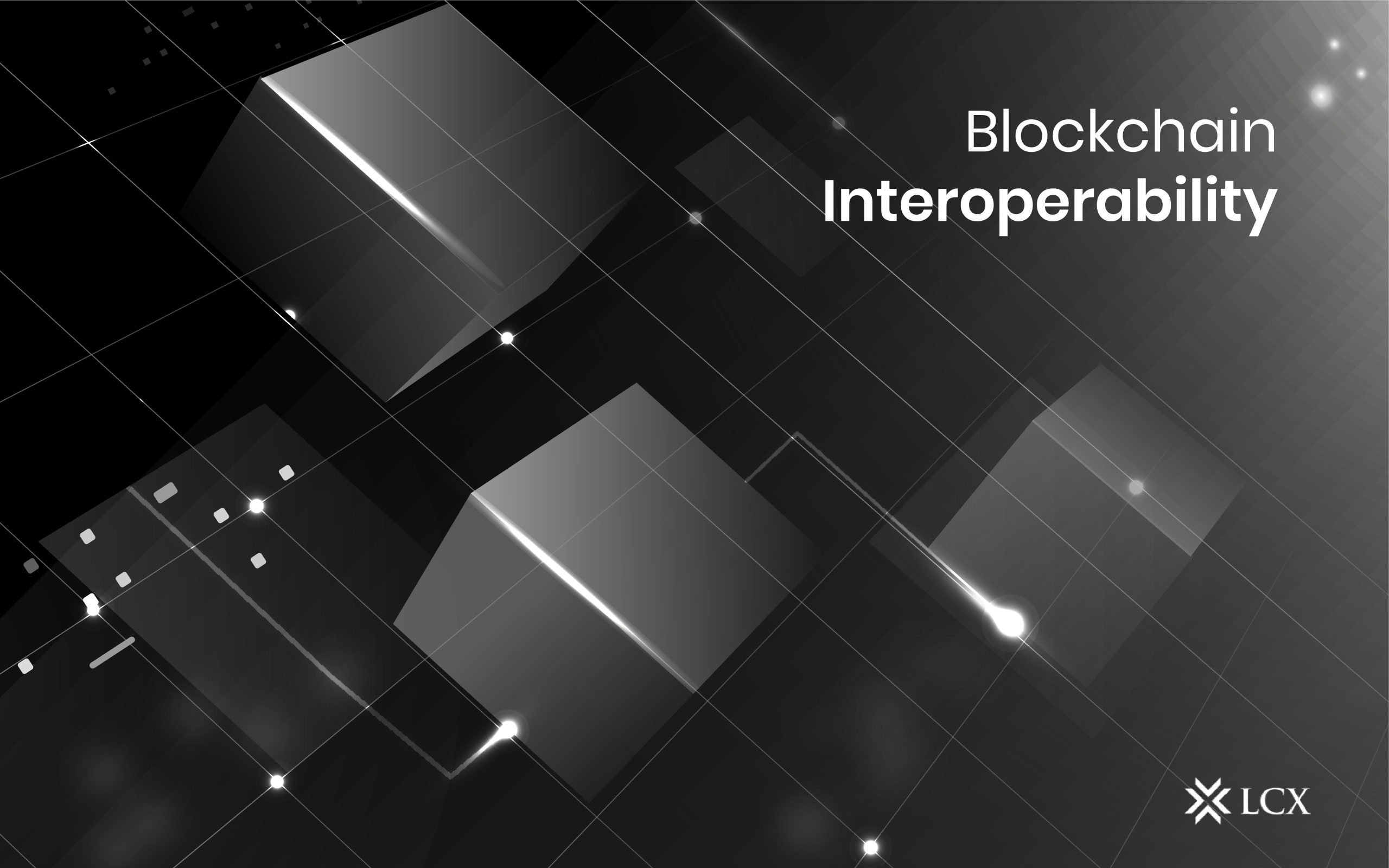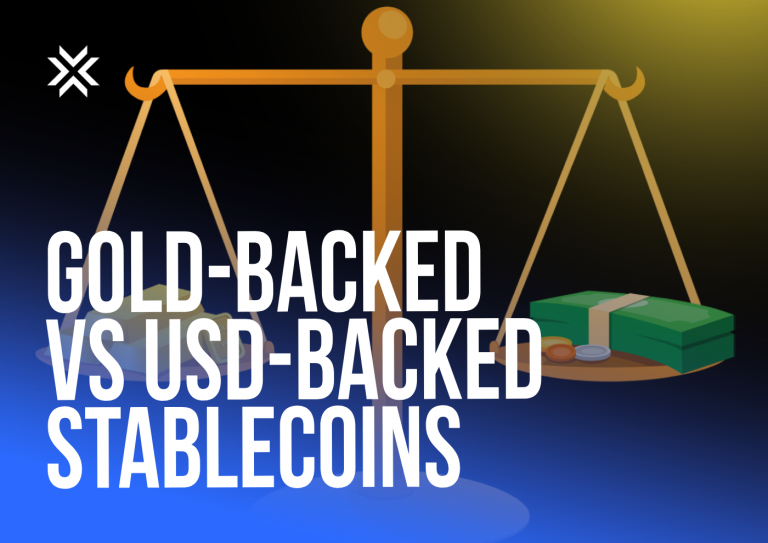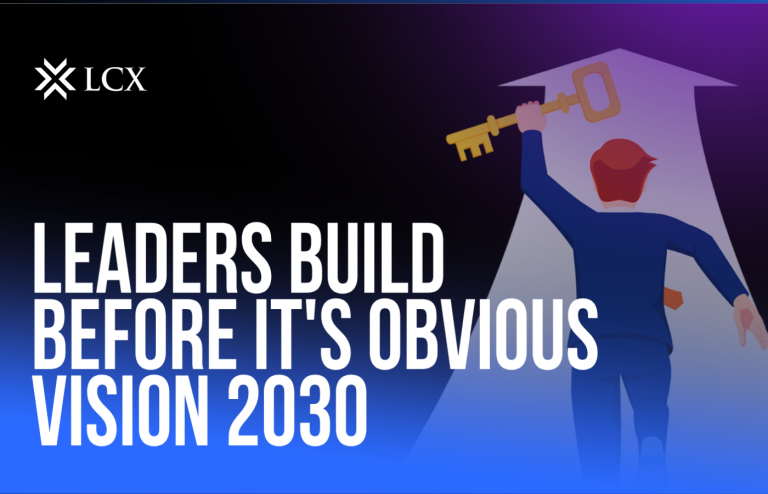If you are a crypto enthusiast, you’ll be well versed in the concept of blockchain by now. The blockchain acts as a database for all the transactions occurring on the network and forms the core of mining and cryptocurrencies.
When a new crypto block is mined, it needs verification and validation by other registered miners. This entire data set of validation, verification, and transactions is stored on blockchain. Different blockchains from various networks communicate and collaborate. These blockchains in a network are linked together and communicate with one another. This communication is facilitated by blockchain interoperability.
What is interoperability?
Interoperability can be characterized by executing numerous operations of the same type. In simple terms, blockchain interoperability refers to the ability of two or more blockchains to communicate with one another.
In technical language, blockchain interoperability is the capacity to view, access, and share data across several blockchains or blockchain networks. Blockchain platforms utilize interoperability to provide more transparent and accessible processes to their users. Additionally, putting this mechanism in place will boost the communication rate of their blockchains.
How does it work?
Blockchain interoperability is exemplified by networks like Cosmos, Polkadot, and Harmony. These networks introduce protocols that will make inter-chain messaging and inter-blockchain communication easier. Blockchain interoperability is achieved by using these protocols and cross-chain transaction technologies (cross-chain technology is a technology that aims to allow the transmission of value and information between different blockchain networks), which will enable data to be shared and accessed between two or more blockchains without the need for intermediary transactions or blockchains.
LCX and Quant have worked together to show how vital interoperability is in the financial services industry. This partnership is meant to enable the DLT (Distributed Ledger Technology) interoperability, for which Quant has already built the foundational technology solution. Quant is known worldwide for creating “Overledger,” the first blockchain operating system, to solve interoperability issues. LCX will support this network technology within the LCX ecosystem after getting integrated within the Overledger Network as a key partner. LCX is one of the fastest-growing ecosystems, providing a secure and compliant trading platform for a wide range of digital assets to its clients.
Need for interoperability
- At the moment, only one blockchain can be used at a time. However, information cannot be transferred between two separate chains.
- Because of the interoperability of blockchains, a variety of functions should emerge. For example, People will be able to make payments across several blockchains.
- Because of the growth of multi-token wallet systems, multi-token transactions should also lead to multi-token transactions. Users will be able to rely on a single wallet system for token storage and transfer across several blockchains due to this breakthrough.
Benefits
- Blockchain technology is based on sharing and integration. Interoperability facilitates data sharing and integration, hence bolstering blockchain technology.
- Interoperability between blockchains has increased multi-token transactional activities.
- Blockchain interoperability can assist existing, and upcoming ventures in the sector succeed more quickly, especially for projects involving the value chain, such as healthcare, banking, trade, and aviation.
- Blockchain interoperability is a safe and secure process. The possibilities of fraud are slim to none.
- Interoperability has simplified the process of cross-chain transactions by allowing blockchains to communicate their data with one another.
Interoperability challenges and solutions
Challenges
- Interoperability between blockchains within the same network is possible but not between different networks.
- Interoperability on the blockchain is a highly constrained procedure. This feature ensures data security during transmission, but it can also make things more difficult for users.
Solution
- Open Protocols: Using open protocols should help to create standardized channels for various blockchains to communicate with one another.
- Multi-chain frameworks, on the other hand, act as plug-and-play environments for blockchains. Blockchains can plug into and become part of a standardized ecosystem to share information using Multi-Chain Frameworks.
Conclusion
Blockchain technology has a promising future in a variety of essential sectors, including financial trading and healthcare. Blockchain interoperability is required to provide sufficient output and profit from commerce. Interoperability not only facilitates various intermediary processes but also improves database administration procedures. Blockchain interoperability is currently lagging behind its merited rank due to several problems. Once these issues are resolved, blockchain interoperability can provide several benefits.









